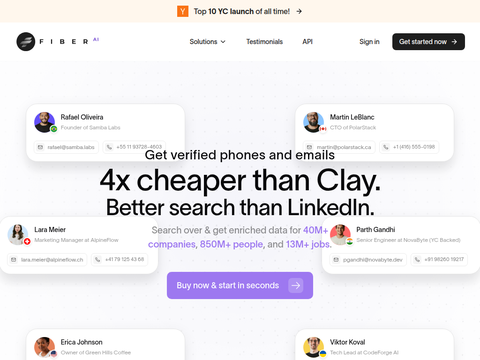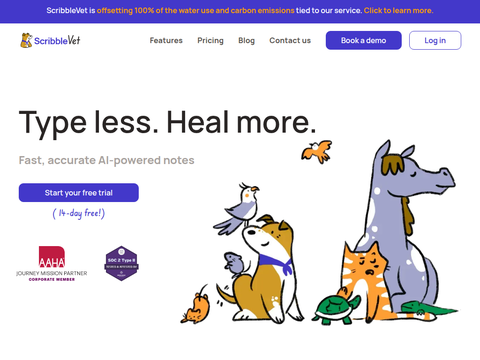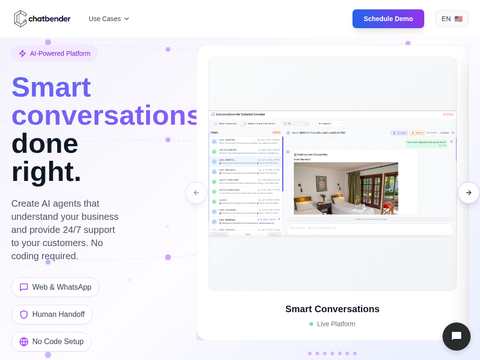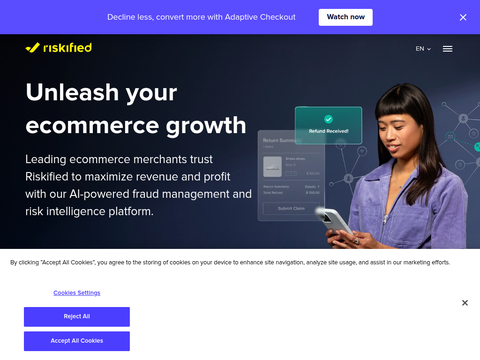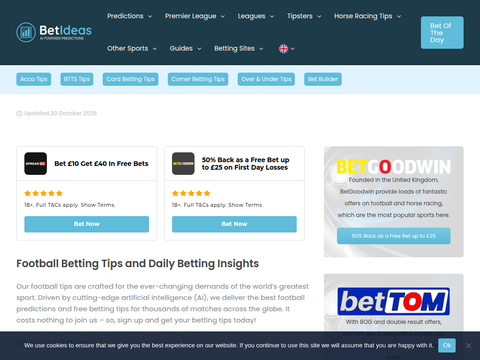Google is significantly enhancing NotebookLM to transform it into a serious research engine.
The generative AI platform, designed to help users organize, analyze, and synthesize uploaded content, now introduces two major upgrades aimed at tackling more complex research tasks: Deep Research and expanded file support.
The new Deep Research agent enables users to pose intricate, multi-layered questions and receive well-structured responses that clearly illustrate how conclusions were reached. Rather than delivering quick summaries, it follows a step-by-step process—drawing insights from both user-uploaded materials and verified web sources—to produce output resembling an early-stage research draft.
Much like a bibliography, each claim is linked directly back to its original source, offering users greater transparency into how the system interprets their data.
"You can add the report and its sources directly into your notebook," Google stated in a blog post announcing the updates. "While Deep Research runs in the background, you can continue adding more sources, helping you build a rich knowledge base without disrupting your workflow. You can then leverage any of NotebookLM’s features—such as audio or video overviews—to extract insights or reframe content for deeper understanding."
Google is also broadening the range of file types NotebookLM can process.
Users can now upload a variety of formats—including spreadsheets, slides, and other document types—all of which can be incorporated into Deep Research projects. This expansion allows the platform to derive insights from a wider array of materials, benefiting researchers, analysts, and students who can now work within a single environment instead of juggling multiple tools.
A Broader Evolution Underway
Since its launch in 2023, NotebookLM has focused on organizing and interpreting user-provided content. However, its initial capabilities positioned it primarily as a summarization tool with clear limitations.
Earlier this year, Google signaled a shift toward more robust functionality with the release of a mobile app and a more structured project workspace, enabling users to manage notes tied to specific sources. This marked the beginning of its evolution into a comprehensive tool for knowledge-intensive workflows.
With these latest enhancements, Google is steering NotebookLM closer to becoming a full-fledged research assistant—one that mirrors how people actually engage with complex topics. The system’s emphasis on source attribution aligns not only with this vision but also with the broader industry trend toward verifiable AI outputs.
As generative AI continues to reshape long-standing research practices in education, analysis, and academia, there’s growing demand for greater transparency in how these systems generate information and draw conclusions.
By prioritizing source citations and multi-step reasoning, Google is positioning NotebookLM to meet rising expectations around trustworthiness and verifiability as foundational requirements for AI-assisted research.
These upgrades don’t eliminate all limitations. NotebookLM still depends heavily on the quality of user-provided sources and struggles with very large or highly complex datasets. Nevertheless, the addition of cited references, structured reasoning, and broader file compatibility gives researchers a more reliable starting point—and a clearer audit trail of how the AI arrived at its conclusions—representing a meaningful step forward.



